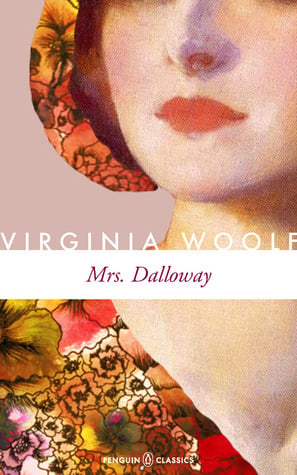
The novel starts with one of Clarissa's monologues;
nothing really happens in this passage, but much is revealed about
the central character's thoughts and feelings. In fact, it
introduces the reader to the stream-of-consciousness technique, characterized by a
flow of thoughts and images, which may not always appear to have a coherent
structure or cohesion.
It is a style of writing evolved by authors at the
beginning of the 20th century
to express in words the flow of a character's thoughts and feelings. The
technique aims to give readers the impression of being inside the mind of the
character - an internal view that illuminates plot and motivation in the novel.
Thoughts spoken aloud are not always the same as those "on the floor of
the mind", as Virginia Woolf put it.
"Stream of consciousness" has its origins in the late
19th century with the birth
of psychology. An American psychologist, William James (brother of novelist
Henry), first used the phrase in his Principles of Psychology of
1890 to describe the flow of conscious experience in the brain.
The term was first used in a literary sense by May
Sinclair in her 1918 review of a novel by Dorothy Richardson. Other authors
well known for this style include Katherine Mansfield, William Faulkner and,
most remarkably, James Joyce.

No comments:
Post a Comment